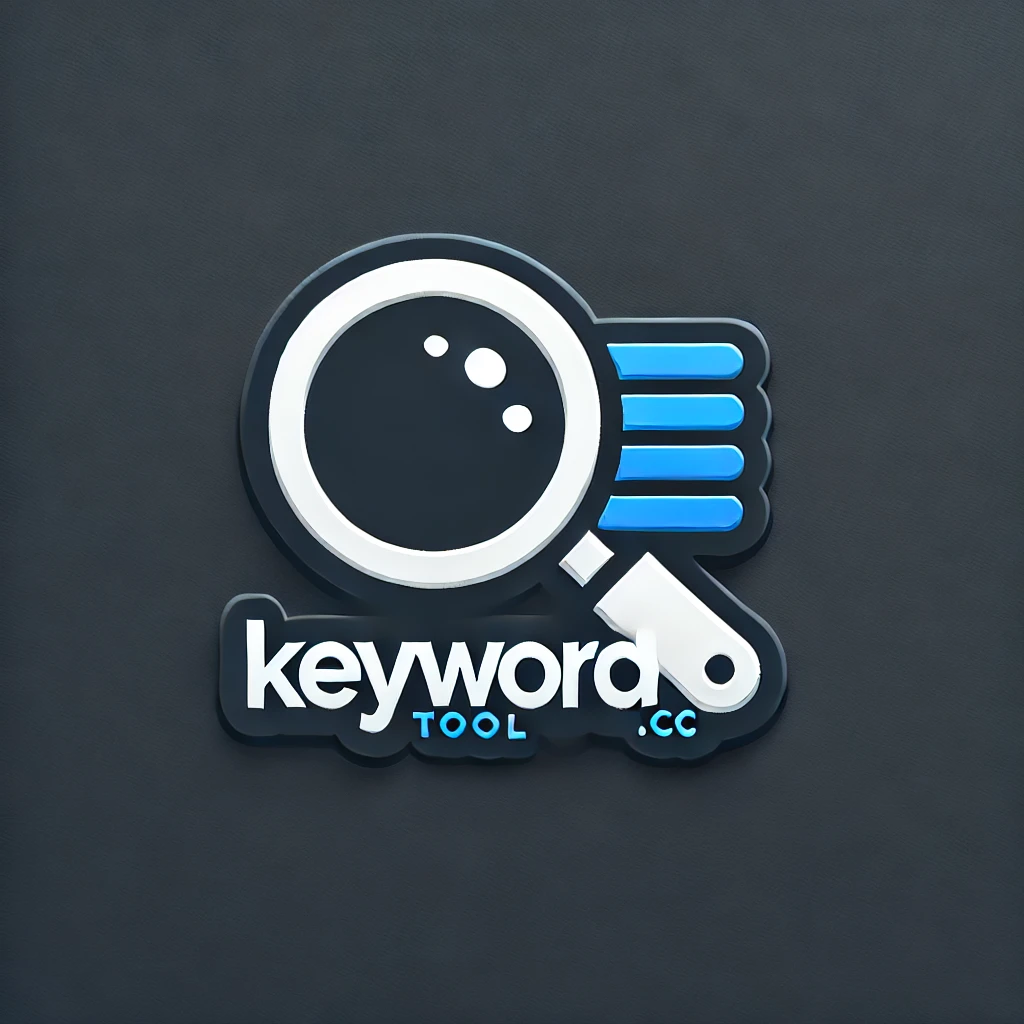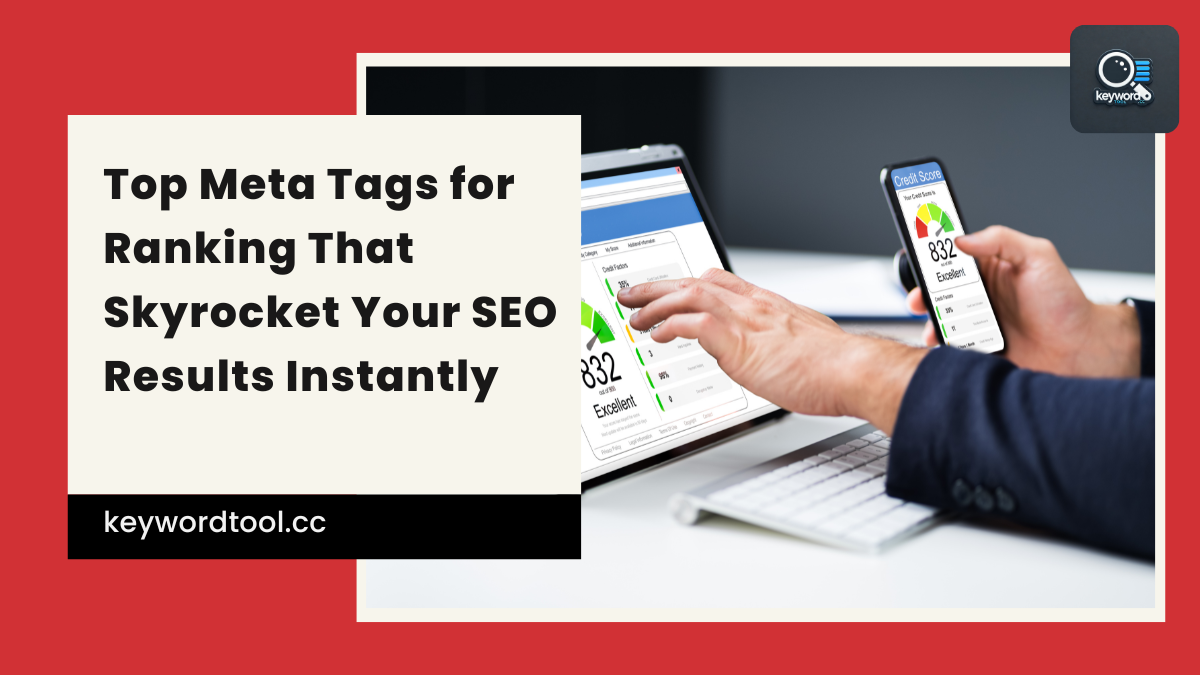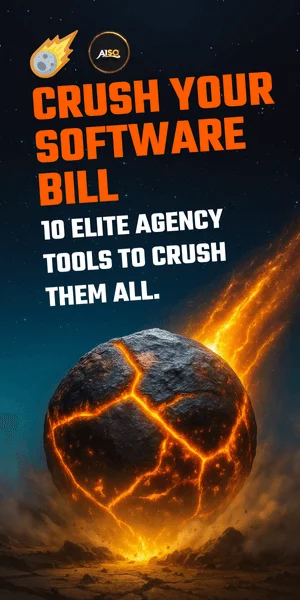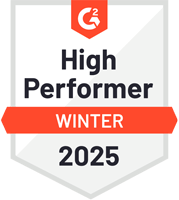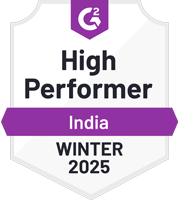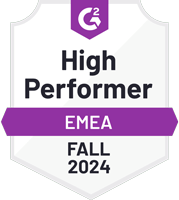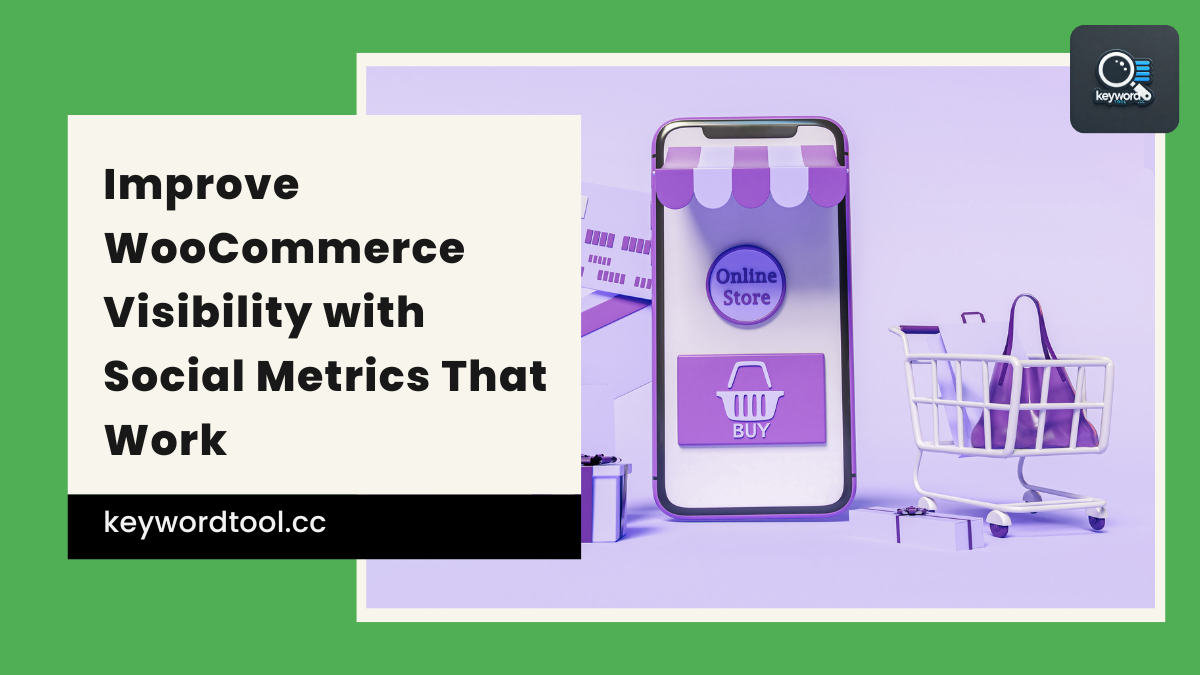Ever feel like your content is doing all the right things but still hiding on page three of search results? You’re not alone—and chances are, your meta game needs a tune-up. Those tiny snippets of code might not look like much, but when used right, they pack a serious punch. Whether you’re writing blog posts or managing an entire content calendar, knowing which meta tags for ranking actually move the needle can save you time and boost visibility across both Google and social platforms.
Title Tag
The title tag is your page’s name tag. It tells Google and readers what they’re about to see. This short line shows up on search results, browser tabs, and even social shares. That’s a lot of places for one tiny piece of text.
Search engines scan this tag first to figure out the topic of your page. If it matches what someone types into the search bar, you’ve got a shot at showing up high in results. Miss the mark, and you’ll get buried under better-optimized content.
Here’s where things get interesting: the title tag doesn’t just help with placement on Google—it also affects clicks. A clear, sharp phrase can convince someone to visit your page instead of another one right above or below it.
To make it count, keep it under 60 characters so nothing gets cut off in listings. Include your target keyword as early as possible without stuffing or forcing it. Make sure every word serves a purpose—no fluff allowed.
Don’t copy-paste blog titles directly into this spot either. What works for headlines doesn’t always translate well here. You want something direct but also searchable—something that makes sense when seen alone in a list of ten other links.
If you’re unsure whether your current tags hit the mark—or if you’re missing easy wins—a structured approach can help fix those blind spots fast. During the 14-Day Keyword Challenge, you’ll use daily steps built around proven methods that show exactly how each element impacts visibility.
Need a smarter way to improve how pages show up? Start your 14-Day Keyword Challenge and learn how subtle changes like better title tags can lead to stronger performance across all channels you care about most.
Meta Description
A meta description is that short piece of text you see under a page title in Google search results. It doesn’t directly affect your position in rankings, but it does something just as important—it gets people to click. More clicks mean more traffic. More traffic often leads to better performance over time.
Think of the meta description like your chance to pitch your content in one sentence. You have around 155 characters to make someone want to read more. That’s not much room, so every word has to earn its place. Use action verbs and clear benefits so readers know what they’ll get from clicking.
Here’s where it gets interesting: even though it’s not a direct ranking factor, Google pays attention when users click on your link more than others. That’s called click-through rate (CTR), and higher CTR can lead to better placement over time. So while the meta description isn’t one of the heavy-hitting meta tags for ranking, it plays a key role in how well your pages perform.
Avoid stuffing keywords or using vague phrases like “best blog ever.” Instead, focus on what makes this page useful or helpful right now—solve a problem, answer a question, or offer something specific.
Want guidance that walks you through improving these elements with clarity? Start your 14-Day Keyword Challenge. You’ll fix hidden issues and start getting clicks from the people who actually matter—your audience.
Meta Robots Tag
Search engines don’t guess. They follow instructions. The Meta Robots tag gives those instructions clearly. This tag tells search bots what to do with a page—crawl it, index it, or skip it entirely.
Using this tag helps you control how pages show up in search results. If you have duplicate content or test pages, you don’t want Google indexing them. That could hurt your rankings. The Meta Robots tag can stop that from happening by telling bots not to index certain URLs.
There’s more than one way to use this tag. You might set it to `noindex` for an old campaign page you no longer promote. Or maybe use `nofollow` if you don’t want bots following links on a specific page. Combine them as needed: `noindex, nofollow`, `index, follow`, and so on.
This small piece of code goes into the “ section of your HTML. It looks like this:“.
Simple setup—big impact.
Want better control over which parts of your site get indexed? Start by checking which pages should rank and which shouldn’t even be crawled. Tools that audit your site can help spot problems fast.
If you’re unsure where hidden issues live or why some content doesn’t show up as expected in search results, joining something like the 14-Day Keyword Challenge can clear things up fast. It walks you through what matters and daily guidance for smarter optimization choices.
Ready to guide search engines like a pro? Your 14-Days Journey to Better Rankings is waiting—step-by-step help included.
Meta Tags for Ranking
Search engines don’t guess. They read what you give them. That’s where meta tags come in. These tiny pieces of code tell Google and other platforms what your page is about, how it should be shown, and when to show it. Skip them, and you’re basically mumbling in a room full of people shouting their best lines.
Start with the title tag. This is the name of your page that appears on search results. It needs to match what people search for but also make them want to click. Use your main keyword near the front if you can.
Next up: the meta description tag. This shows under your title in search results. It doesn’t directly affect rankings, but it does affect clicks—and clicks matter a lot more than many realize. Keep it short, clear, and focused on benefits.
Then there’s the robots tag. Sounds techy, but it’s simple: this tag tells search engines whether or not they should index a page or follow its links. If you’re hiding pages from Google by accident here, you’re shooting yourself in the foot.
The viewport meta tag helps with mobile responsiveness—not just design-wise but ranking-wise too since mobile-first indexing is now standard practice.
Using meta tags for ranking isn’t just about stuffing fields with words—it’s about giving smart directions to algorithms that decide who gets seen first.
Want help making sure you’re using these right? The 14-Day Keyword Challenge offers daily steps, perfect if you’ve ever wondered why some pages get buried while others rise fast without much effort.
Each day helps fix errors you didn’t know were there and guides you through smarter use of tools like these tags so that both Google and readers get exactly what they need from your content—all without guesswork or fluff.
Unlocking SEO Wins Starts with Smarter Meta Tag Strategy
Now that you’ve seen the power behind well-crafted meta tags, it’s clear they’re not just digital fluff—they’re your front-line soldiers in the battle for better rankings. From the title tag to the meta description and robots tag, each plays a unique role in boosting visibility and guiding search engines. Mastering meta tags for ranking isn’t just about ticking boxes; it’s about creating smarter, more strategic content that gets noticed. Ready to put these insights into action? Start your 14-Day Keyword Challenge and start turning clicks into conversions.
